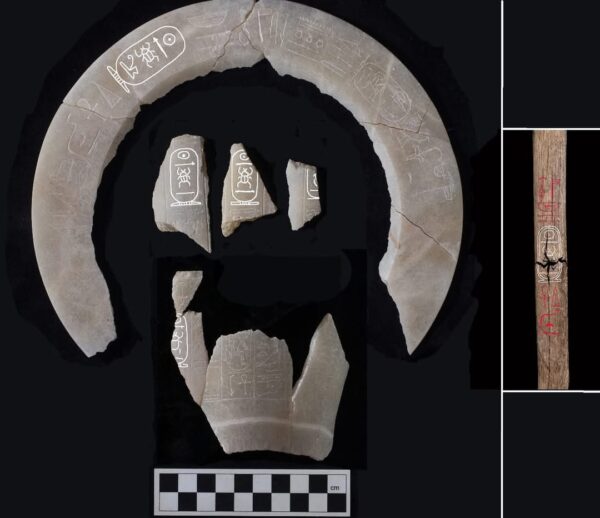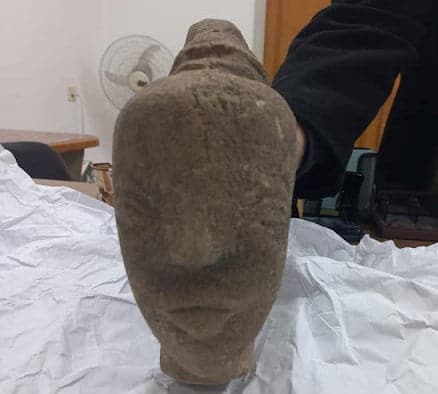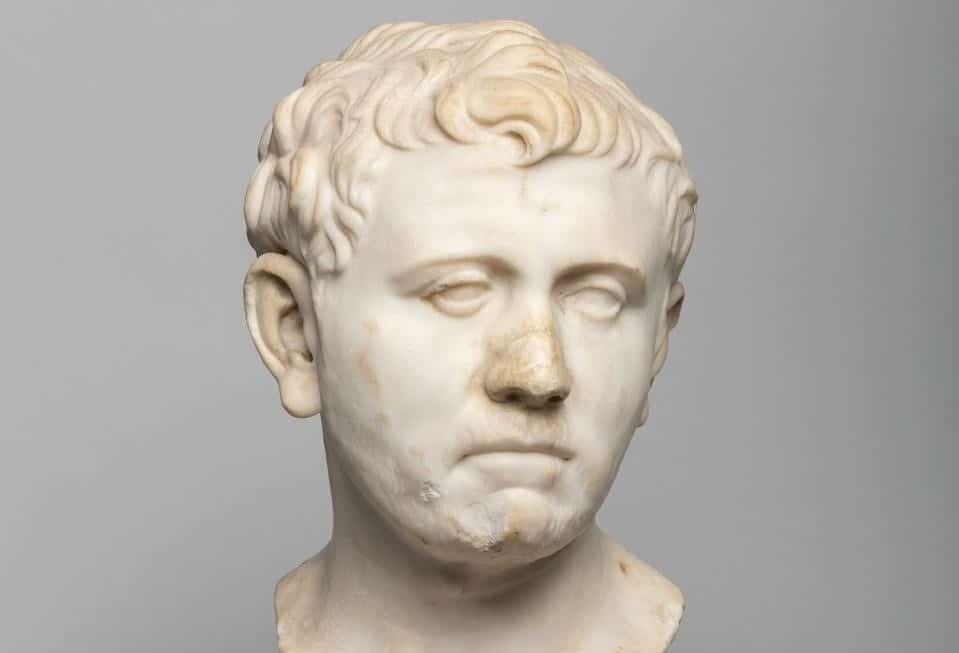The long-lost tomb of Pharaoh (king) Thutmose II (18th Dynasty) was found west of the Valley of the Kings near Luxor; it is the first royal find since Howard Carter found King Tutankhamun’s tomb in 1922.
Excavations by a team from Egypt’s Supreme Council of Antiquities and the New Kingdom Research Foundation began in 2022 when the entrance and main corridor of the tomb (identified as C4) were discovered.
It was first believed to belong to a royal consort due to its proximity to the tombs of the pharaoh’s wives and Queen Hatshepsut but was later confirmed as Thutmose II’s burial site.
An Egyptian government statement says artefacts in the tomb, including fragments of alabaster jars with inscriptions naming Thutmose II and principal wife Queen Hatshepsut, provided definitive evidence.
Experts say Pharaoh Hatshepsut, who was also the king’s half-sister, oversaw his burial.
Mohamed Ismail Khaled, secretary-general of the Supreme Council of Antiquities (SCA), says the find is one of the most significant in decades.
“This is the first time funerary furniture belonging to Thutmose II has been discovered as no such items exist in museums worldwide,” he says.

He says the tomb was found in poor condition as it had been flooded shortly after the pharaoh’s death.
“Water damage caused severe deterioration, leading to the loss of many original contents which are believed to have been relocated during ancient times,” said Mohamed Abdel Badei, the head of the Ancient Egyptian Antiquities Sector and head of the Egyptian team.
“Archaeological teams restored portions of fallen plaster adorned with intricate designs, including blue inscriptions, yellow star motifs, and elements of the Book of Amduat, a key religious text used in royal tombs,” he says.
Piers Litherland, head of the British team and field director, noted that the tomb has a simple plan compatible with an early form of the left-hand-turn design that pharaohs of the 18th Dynasty had developed.
The government says the only anomaly in the layout is a second corridor that was initially thought to be a robber’s tunnel.
However, he says further scrutiny revealed it had been enlarged twice and plastered up with white gypsum plaster.
It also slopes upwards, not downwards, and goes through to the burial chamber, 1.4 metres above the chamber floor.
The archaeologists believe floodwaters reached this level and that the corridor seems to have been created to remove the pharaoh’s body from his flooded tomb.
The teams will continue their excavations to locate the final resting place of the tomb’s original contents.
WHO WAS HE?
- Historical records show that Thutmose II was an 18th-dynasty (1000-2000 years BC) pharaoh who suppressed a revolt in Nubia and sent a punitive expedition to Palestine against nomads.
- He married his fully royal half-sister, Hatshepsut, at an early age and there is doubt over the length of his reign, from 3 years to 18 years.
- In the 19th Century, his mummy was discovered reburied in a royal cache but his tomb’s had remained a mystery until 2022.
- His son, Thutmose III, was the sixth pharaoh of the 18th Dynasty, who ruled from 1458-1425 BC(E) and is regarded as one of the greatest military leaders in antiquity. He conquered over 350 cities, including all of Syria.
- Thutmose III ascended the throne around 10 years but his aunt, Hatshepsut, ruled first as regent then in her own right for 20 years.






